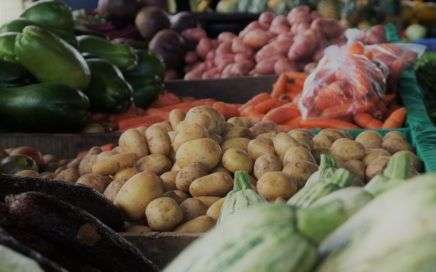
The Poisonous Granular Frog
AUTHOR: Josue Alberto Vargas Montoya (14 years of age)
The spectacular family of poisonous frogs (Dendrobatidae) surprises with its beautiful and colorful and lethal frogs. In Costa Rica, we have eight species of poisonous frogs. Those of the genus "Silverstoneia" and "Allobates" are not harmful.
The genus "Oophaga" is famous for its "pants," and the only two species of Oophaga of Costa Rica (O. Pumilio and O. Granulifera) are those that present pants.
The Granular Poisonous Frog (Oophaga Granulifera) is endemic to the Central Pacific and southern Costa Rica and part of Panama. It can be located near gorges in the woods.
In Costa Ballena, you can find the Red morpho with its green pants and his back "Granular," hence its name.
no images were found
After Hacienda Barú towards the Central Pacific, its main red color changes to Orange for the Matapalo sector, yellow in Portalón, and finally an olive green in San Rafael, Quepos always with its green and sometimes light blue pants.
These frogs are in danger due to the loss of their habitat. It is also exploited by smugglers to sell them as Terrarium pets.
Its venom is neurotoxic and very dangerous. It is not recommended to manipulate animals in freedom, especially the beautiful multicolored frogs.
The dangerous thing would be for the poison to reach a wound, or you would suck it.
Indigenous peoples used the poison of these frogs for hunting, smearing the poison on their arrows. That is why some of them are called "arrowhead frogs or dart frogs" in general (phyllobates).
Granular poisonous frogs are well distributed in Costa Ballena. It is a great attraction for tourists and so of interest for tour guides. Costa Ballena is one of the main places to see the Red Morpho, one of the granular venomous frogs.
They are diurnal, and males are heard singing to attract females to reproduce. The female lays her eggs in leaf ponds in the forest. As the hours pass, the eggs become tadpoles waiting for their father to place them in a bromeliad where they will be safe.
The mother feeds them with infertile eggs until they grow and can find food on their own.
Glass Frogs in Costa Ballena
By César Barrio Amorós A type of frog not very well known is the glass frog. Glass frogs are small and very beautiful; they are an important addition to my night tours, mainly because they […]
Beautiful Products
Simple Tools By Susie Atkinson Basic, crude, primitive – these are all words that may come to mind when one thinks of the humble backstrap loom – a description that obscures the fact that some […]

The Dominical Farmers’ Market
By Trevor Brown The availability of fresh fruits and vegetables is an important aspect of healthy living in Costa Ballena where we are very lucky to have such a wide variety of fresh food. Although […]
Remembering Roger Watson
Roger Watson rode up to Escaleras on horseback 12 years ago, long before the Costanera highway existed, and landed his opportunistic eye on a plot of land. Shortly after, Watson became one of the first […]
Pioneer of the jungle
In 1971, Don Walter Odio returns to Uvita after having studied Animal Science at Louisiana State University, and becomes part of the family enterprise of El Rancho La Merced. Due to his newly acquired know-how, […]
John Tresemer – La Cusinga Ecolodge
At the beginning of the 70’s and just 21, John, a college dropout, sensitive and idealistic, left the States feeling unable to adjust to militarism, materialism and racism. He overcame the turbulent 60’s of Civil […]
What to do, Where to eat and Where to stay…
- Activities and Tours
- Whale Watching Tour
- Natural Attractions
- Marino Ballena National Park
- Restaurants
- Hotels and Accommodations
Looking for business directories, maps or other printouts? We’ve got that too!
- Tide Charts
- Bus Schedules
- Dominical Business Directory
- Uvita Business Directory
- Costa Ballena Map
- Dominical map
- Uvita map
- Ojochal map
South Pacific Costa Rica Beaches
Dare to Discover and Enjoy…
Check out…
Need help planning your next trip? Let us help you with your Costa Rica vacations!
Email: carlos@ballenatales.com
Phone: +(506) 8946 7134 or +(506) 8914 1568
